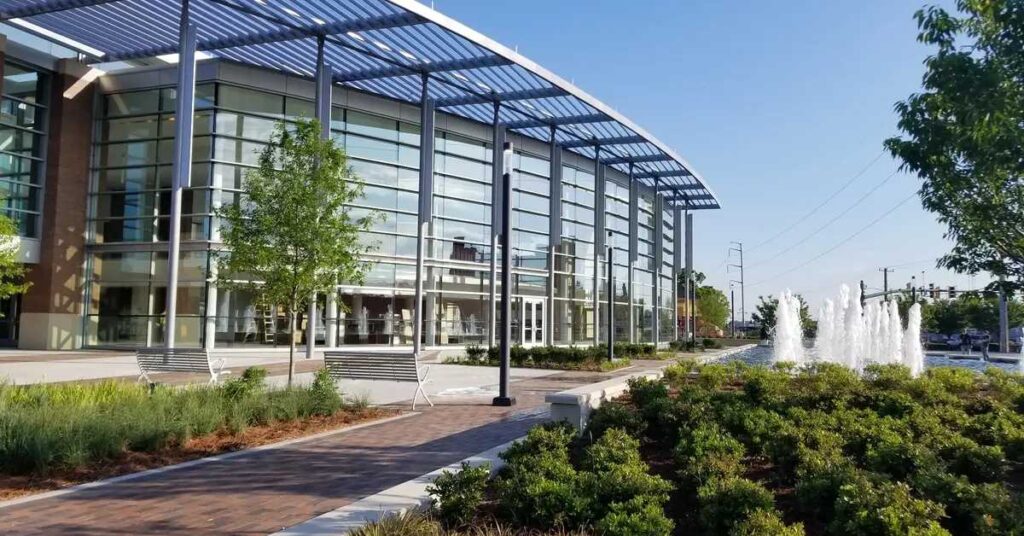Sandy Springs, a city with a rich history and a vision for a utopian future, has been in the limelight due to its unique approach to city management and development. However, the journey to create a utopian city has unveiled numerous challenges, sparking debates and discussions on the feasibility of such a concept.
The Vision of Sandy Springs
Sandy Springs, incorporated in 2005, is located in the metropolitan Atlanta area and is known for its efforts to be a self-sufficient entity within North Fulton County. The city was named after the sandy springs that still exist as a protected historic site.
The vision for Sandy Springs was to create a place that is inclusive and progressive, offering a high quality of life to its residents from all aspects of life. Sandy Springs History
The Utopian Concept and Its Challenges
The concept of a utopian city is not new. It has been explored by philosophers and thinkers like Thomas More, who coined the term “Utopia” to describe an ideal society where people live harmoniously. However, the practical implementation of such a concept is fraught with challenges.
The city of Sandy Springs has faced its share of hurdles in its quest to become a utopian city, including debates over city management, environmental concerns, and the balance between private and public interests. Utopian Studies
City Management and Public Opinion
One of the significant challenges faced by Sandy Springs is the management of city services. A New York Times article highlighted the city’s approach to privatizing city services, which has sparked discussions on the effectiveness and ethical implications of such a model.
The public opinion on this approach is divided, with some praising the efficiency and cost-effectiveness, while others raise concerns over accountability and the impact on the community.
Environmental Concerns and Sustainability
Sandy Springs has also been under scrutiny due to environmental concerns, particularly related to sand mining. A report by The Guardian highlighted the global environmental crisis caused by sand mining, impacting ecosystems and communities.
The city’s commitment to sustainability and environmental protection is being tested, requiring a balanced approach to development and conservation.
Balancing Act: Private and Public Interests
The balance between private interests and public welfare is a recurring theme in the discussions about Sandy Springs.
The city’s model of privatizing services raises questions about the role of private entities in managing public services and the potential conflicts of interest that may arise. The debates surrounding this model reflect the broader discussions on the role of government and the private sector in society.
Conclusion
Sandy Springs continues to navigate the challenges of realizing its utopian vision. The city’s unique approach to management and development serves as a case study for other cities exploring innovative models of city governance.
The discussions and debates surrounding Sandy Springs are a reflection of the ongoing quest for creating ideal societies and the complexities involved in such endeavors.
The journey of Sandy Springs exemplifies the continuous pursuit of utopian ideals in urban development. The challenges unveiled in this journey underscore the need for a holistic approach, considering social, environmental, and economic factors, to build cities that are truly inclusive, sustainable, and harmonious.
Contents

